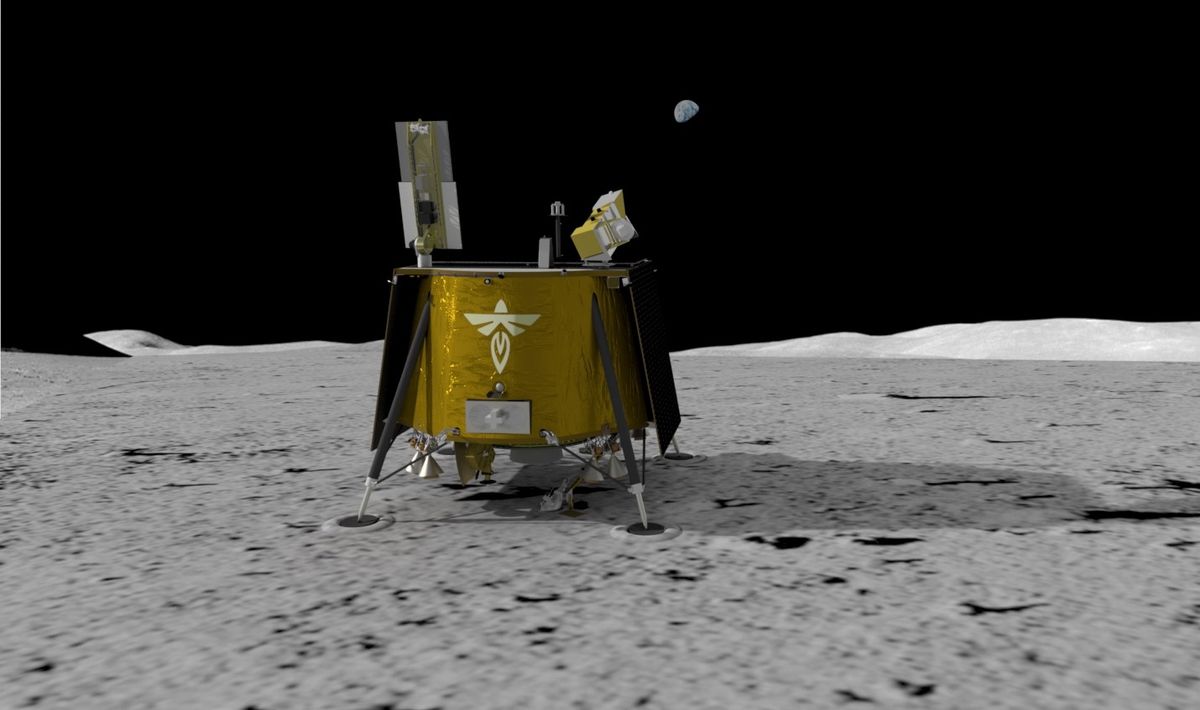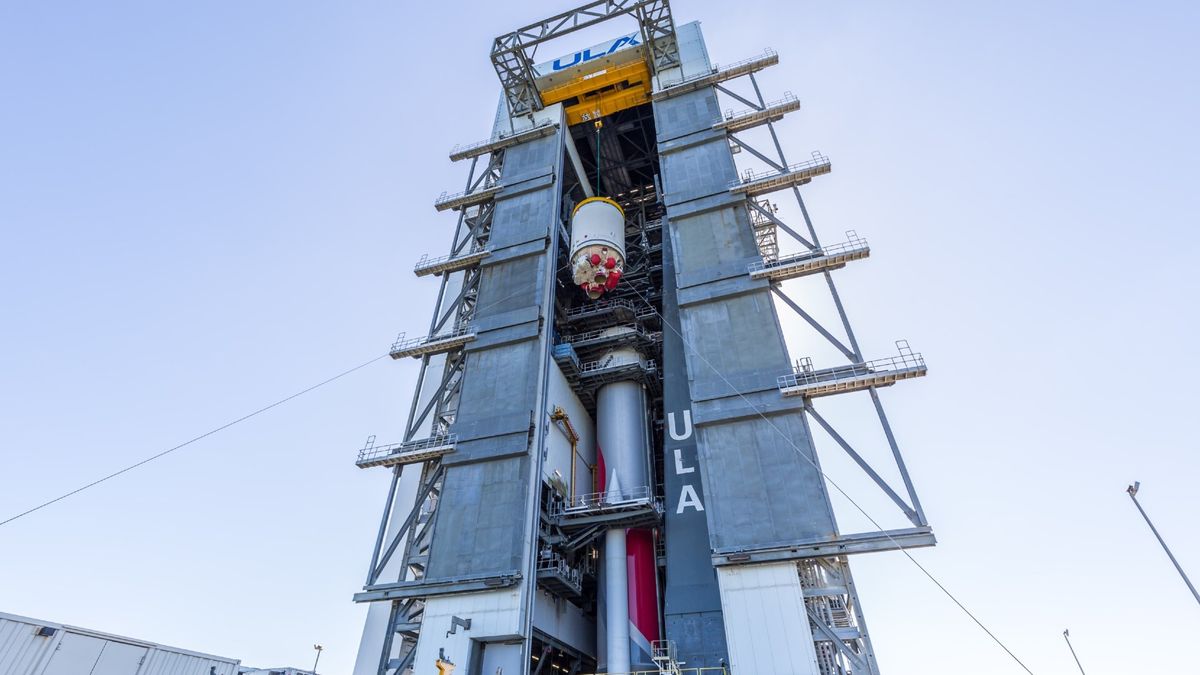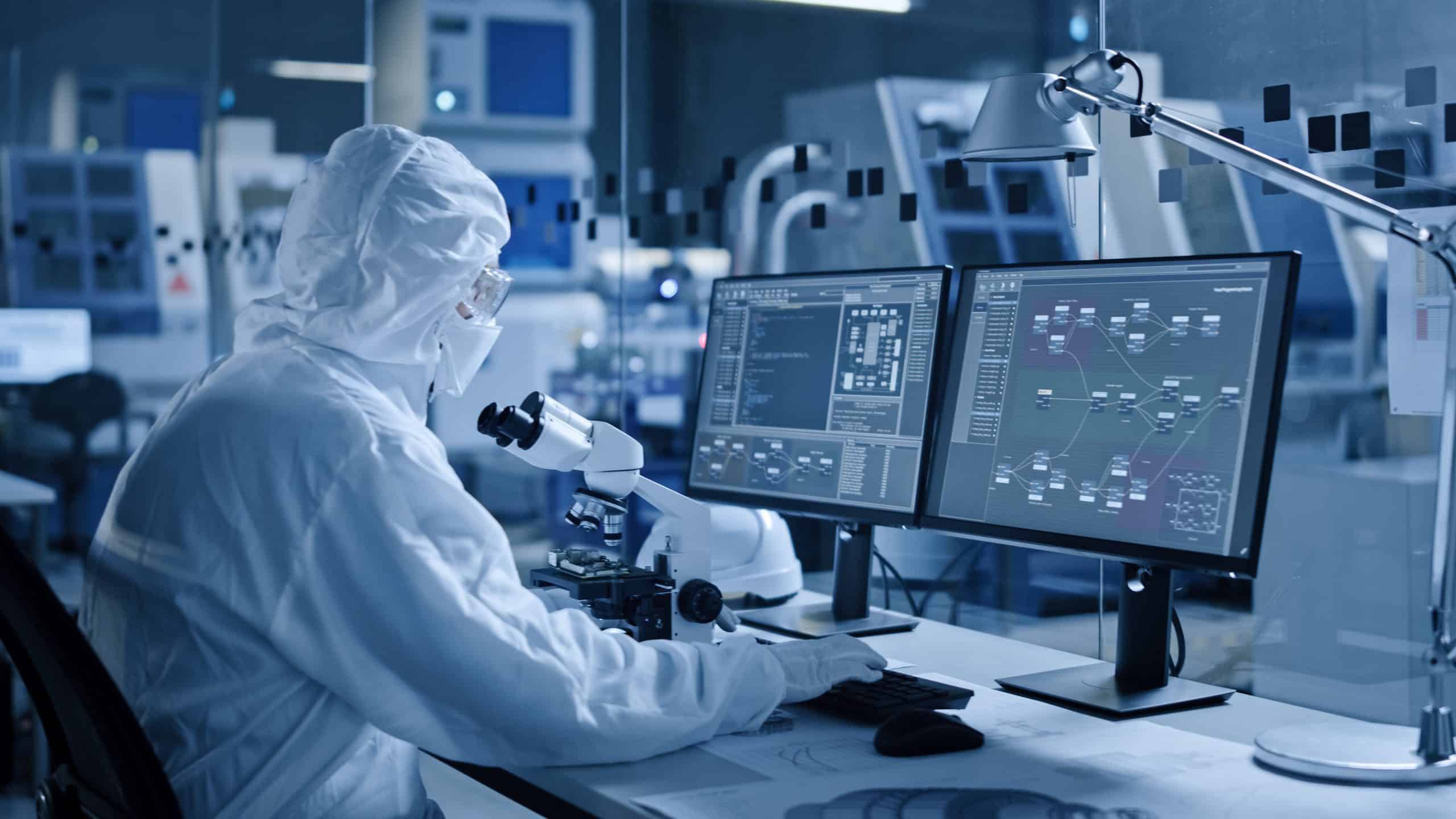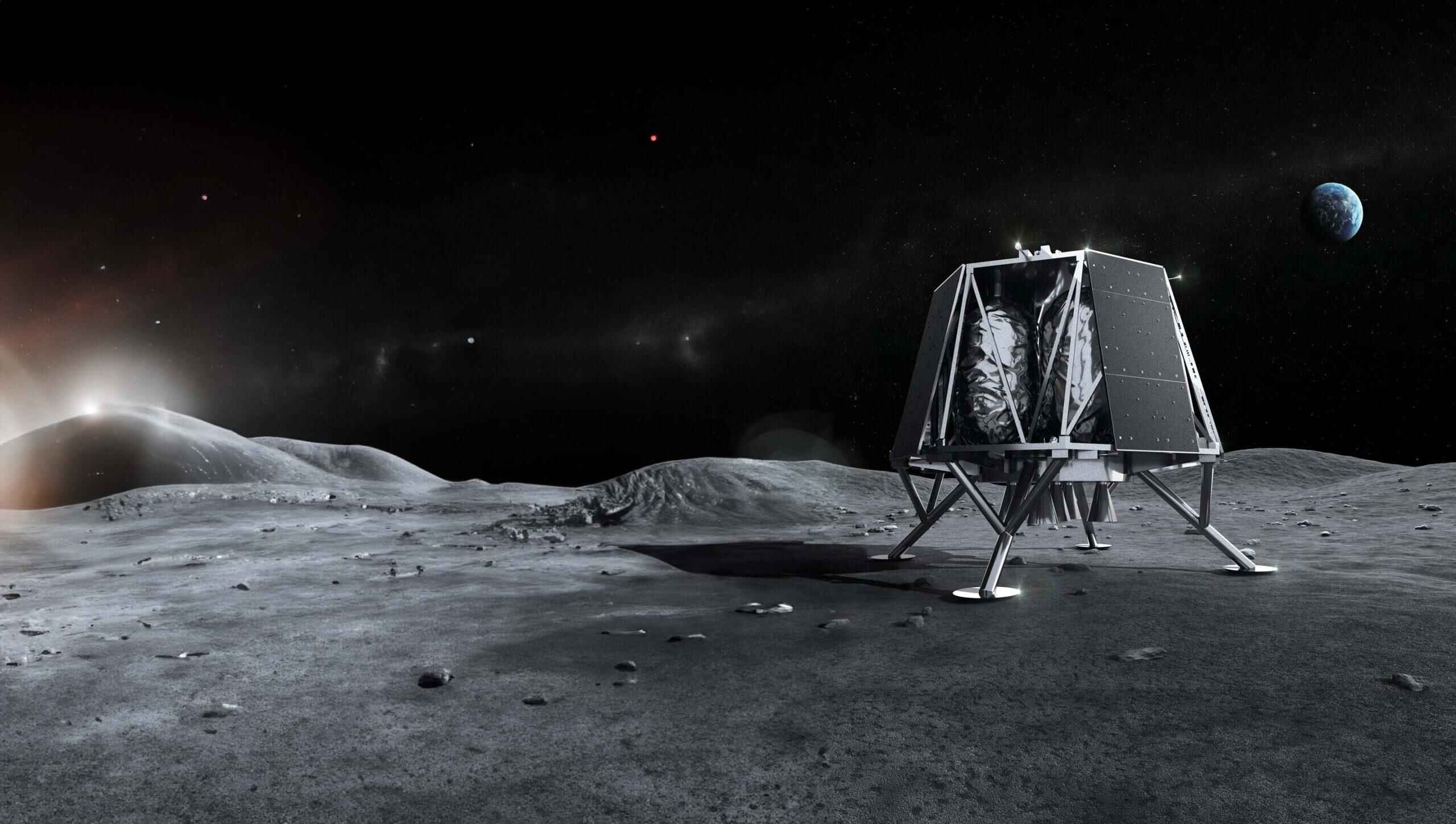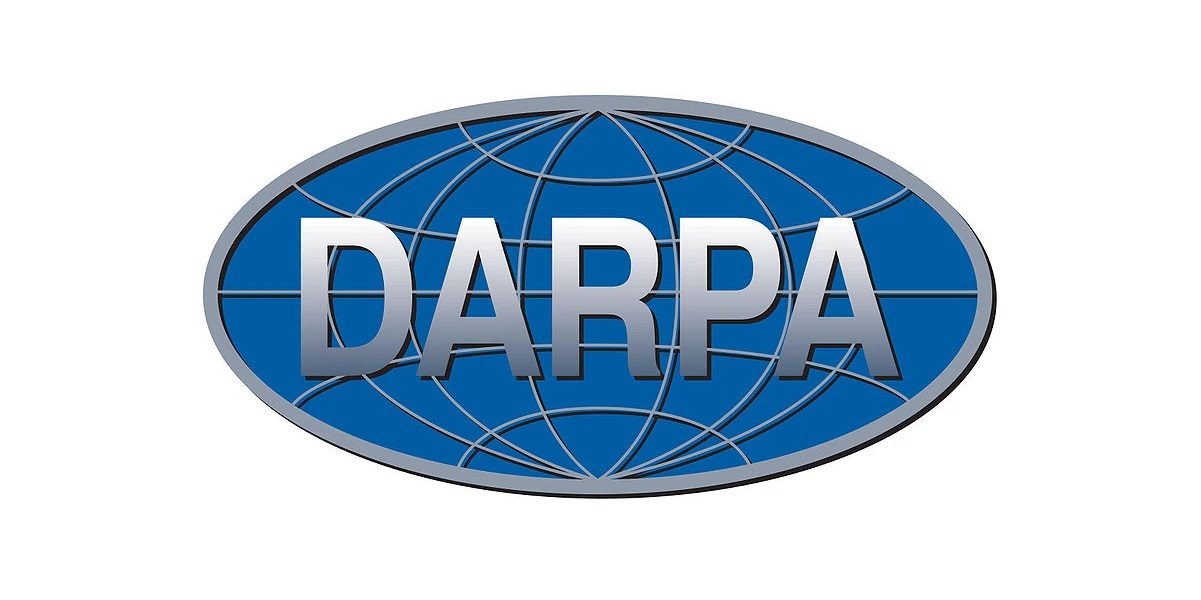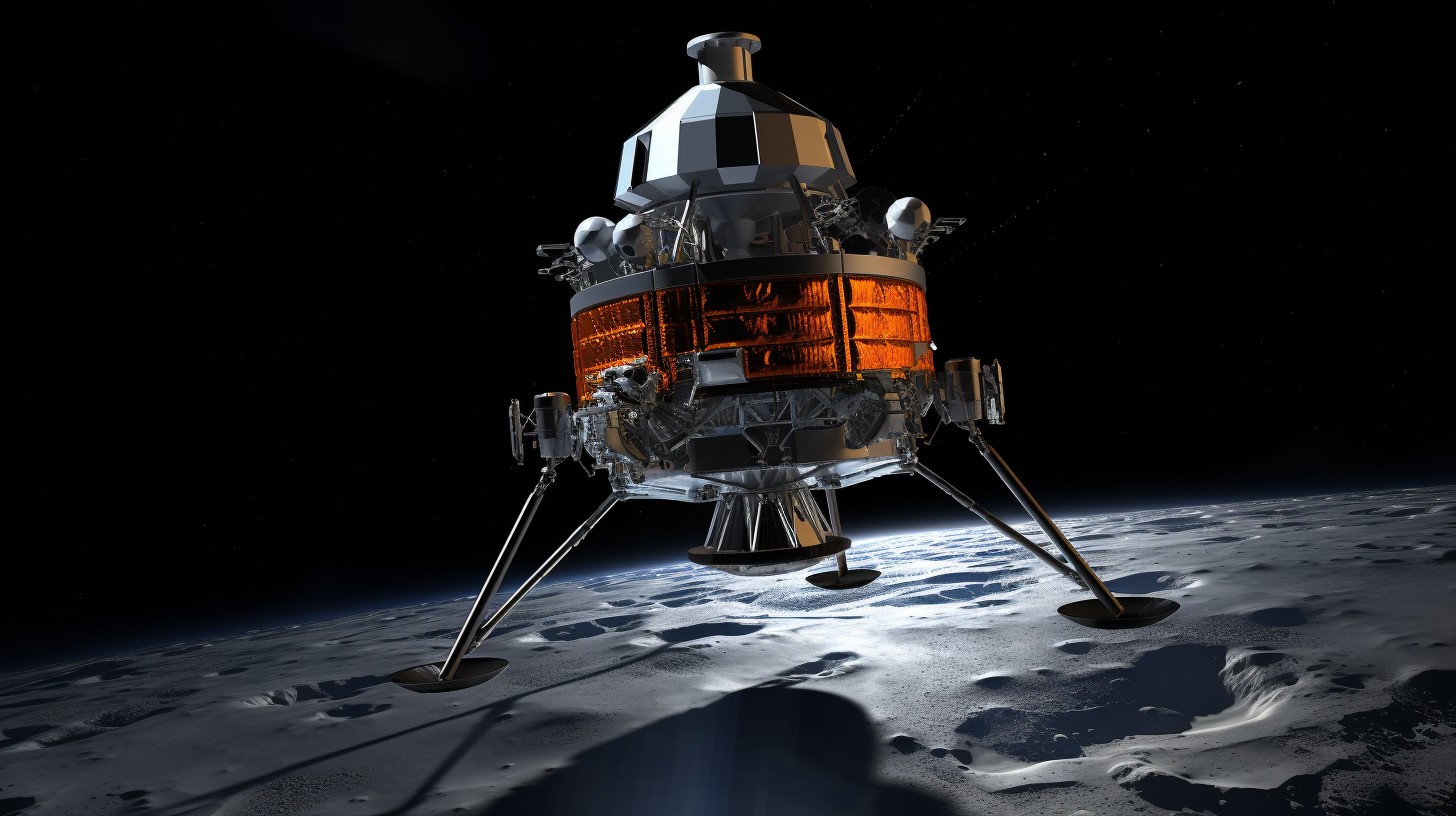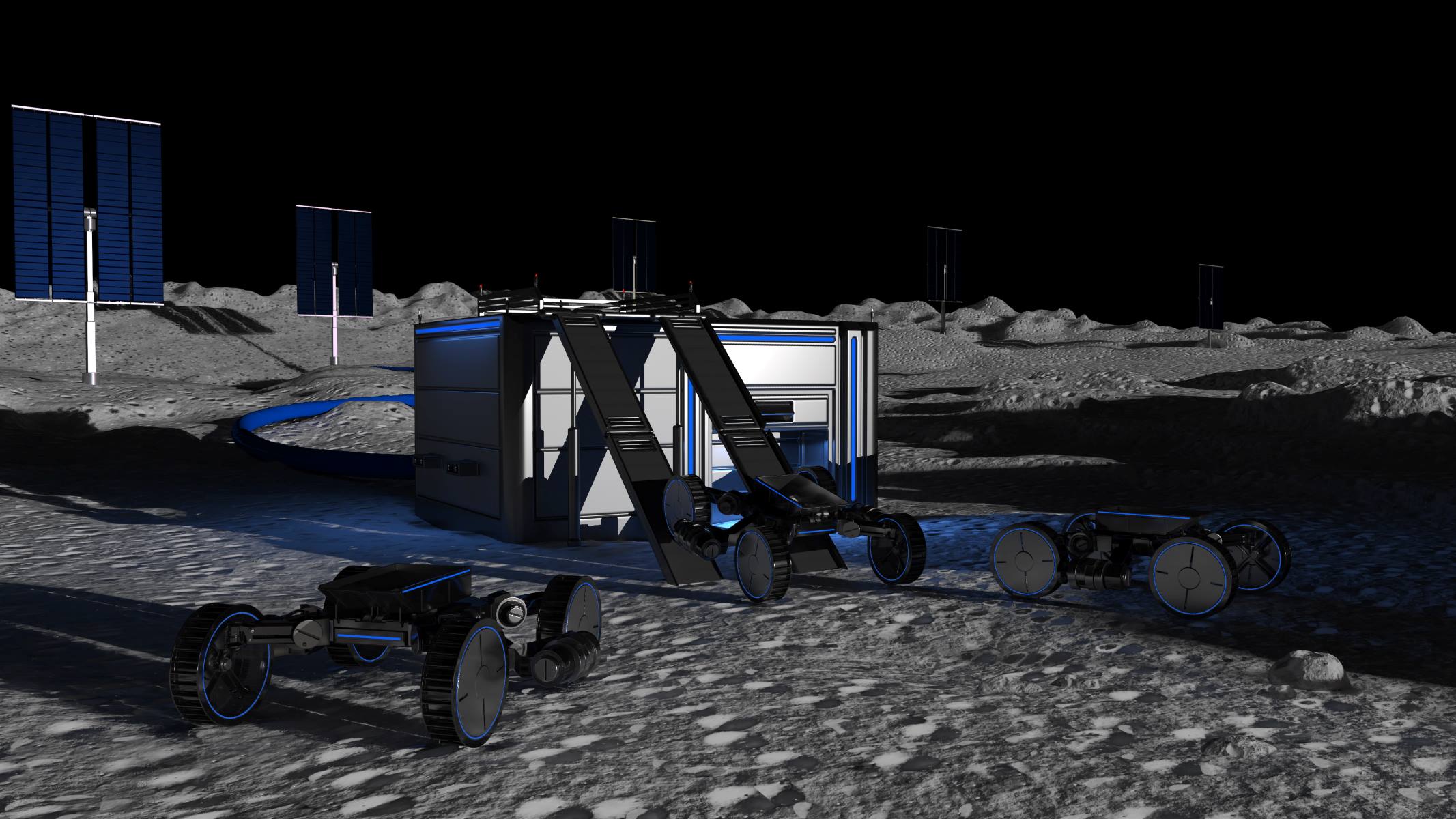Firefly Aerospace, a prominent space exploration company, has set its sights on the future of lunar exploration with the development of their groundbreaking Blue Ghost lander. Standing at an impressive 6.6 feet tall, this spacecraft is set to embark on its inaugural mission for NASA next year. With its large and boxy design, featuring an 11.5-foot diameter and a payload capacity of 150 kilograms to the lunar surface, the Blue Ghost lander is poised to surpass the lifespans of its creators.
Key Takeaway
Firefly Aerospace’s Blue Ghost lander, part of NASA’s Commercial Lunar Payload Services (CLPS) program, represents a significant investment in the future of lunar exploration and the emerging lunar economy.
“This is going to be on the moon for longer than Mount Everest will exist,” remarked Will Coogan, the chief engineer behind Blue Ghost. Reflecting on the magnitude of this undertaking, Coogan added, “It’s hard to think about.”
Indeed, the Blue Ghost lander represents a bold bet on the future lunar economy, alongside a new wave of landers financed through a combination of NASA contracts and private investments. Together, these ventures epitomize one of the most audacious and substantial gambles in the space industry. The crux of this wager lies in the belief that a burgeoning market will emerge on and around the moon, leading to exponential revenue growth and heralding an era of innovative human space exploration.
A Future of Self-Sustaining Missions
While Blue Ghost Mission 1 is under NASA’s purview, both the space agency and private companies involved envision a future where lunar missions become self-sustaining. The initial mission boasts a task order value of $93 million, but the long-term goal is for regular Blue Ghost missions to be driven by commercial demand, regardless of NASA task orders. Jana Spruce, Firefly’s VP of spacecraft, expressed optimism about the future, stating, “We’re hoping that it becomes just more of a regular thing, as opposed to everyone waiting on NASA. I think NASA is open to that as well.”
This momentum for the lunar economy reflects a concerted effort to establish a sustainable lunar infrastructure. Critical components include power and transmission infrastructure, a comprehensive mapping system for efficient navigation, and reliable spacecraft for transportation. Yet, with many unknowns and inherent risks, the future of the lunar economy remains uncertain.
“What’s going to be the killer app for the moon? What’s going to be the business reason to go there?” pondered Spruce. “For there to be a commercial market, we’ll have to see how that goes.”
The Science Behind Blue Ghost
The backing of NASA grants the lunar economy bet added assurance. NASA research remains pivotal in determining the moon’s potential resources, their abundance, and viability. The Blue Ghost lander’s design incorporates scientific considerations, emphasizing the provision of three payload mounting sections: atop the lander for unobstructed views, on the mid-deck for rovers, and below the lander for surface access.
The 10 NASA payloads enlisted for Blue Ghost’s mission to Mare Crisium, a region in the moon’s northern hemisphere, hold great promise for commercial enterprises. For example, Honeybee Robotics’ Lunar PlanetVac aims to collect, sort, and characterize lunar regolith, while Aegis Aerospace’s Regolith Adherence Characterization examines how lunar regolith accumulates on various materials. Such scientific payloads contribute to an expanding knowledge base for potential commercial exploitation of lunar resources.
Firefly, in particular, expresses a keen interest in sample return missions. Their line of Elytra spacecraft would serve as transfer stages, remaining in orbit around the moon, facilitating sample return endeavors.
The Path Ahead and the Challenges
Despite the potential rewards, Firefly must successfully land the Blue Ghost spacecraft on the moon for its payloads and missions to bear fruit. The intricacies of this endeavor were brought into sharp focus earlier this year when ispace, a Japanese company, experienced a lunar lander crash during their first mission.
To ensure success, Firefly has gathered a consortium of partners for the mission, including Nammo, Rocket Lab subsidiary ASI, Deep Space Communication Systems, and Space-ng. However, landing on the moon is only the beginning of the real work. Blue Ghost will spend 14 days on the lunar surface, providing power and communication support for payload operations, including a crucial five-hour period during the lunar night.
Firefly recently announced the completion of the Blue Ghost lander’s structural construction, marking a significant milestone. The project, like others under the CLPS program, was achieved with minimal hands-on oversight from NASA, allowing the vendors to chart their own course while still adhering to set milestones and deadlines.
With environmental testing on the horizon, Blue Ghost will undergo a series of rigorous evaluations for vibration, acoustics, and thermal vacuum conditions. Following completion, the lander will be transported to the launch site in Florida, where it will serve as the primary payload on a SpaceX Falcon 9 rocket. The launch is currently scheduled for the third quarter, with a precise date expected in May.
If all goes according to plan, Blue Ghost will embark on its momentous journey to the moon, carving its place in human history for eternity.







